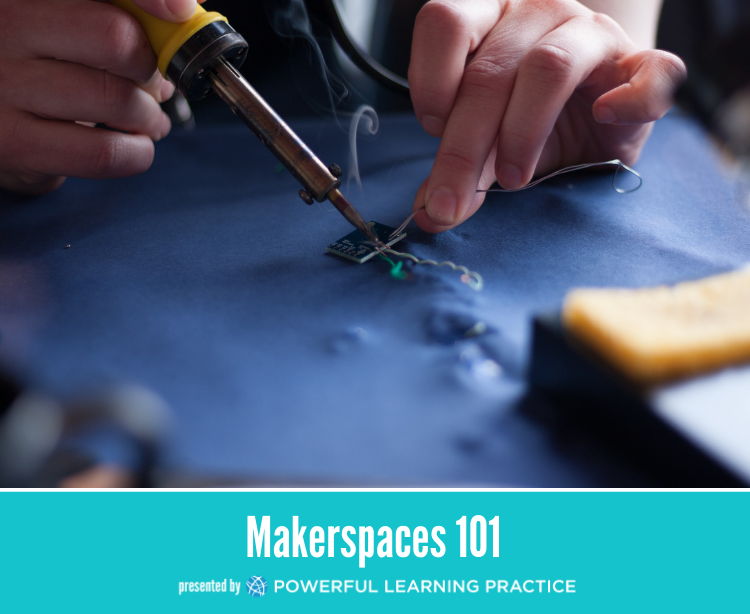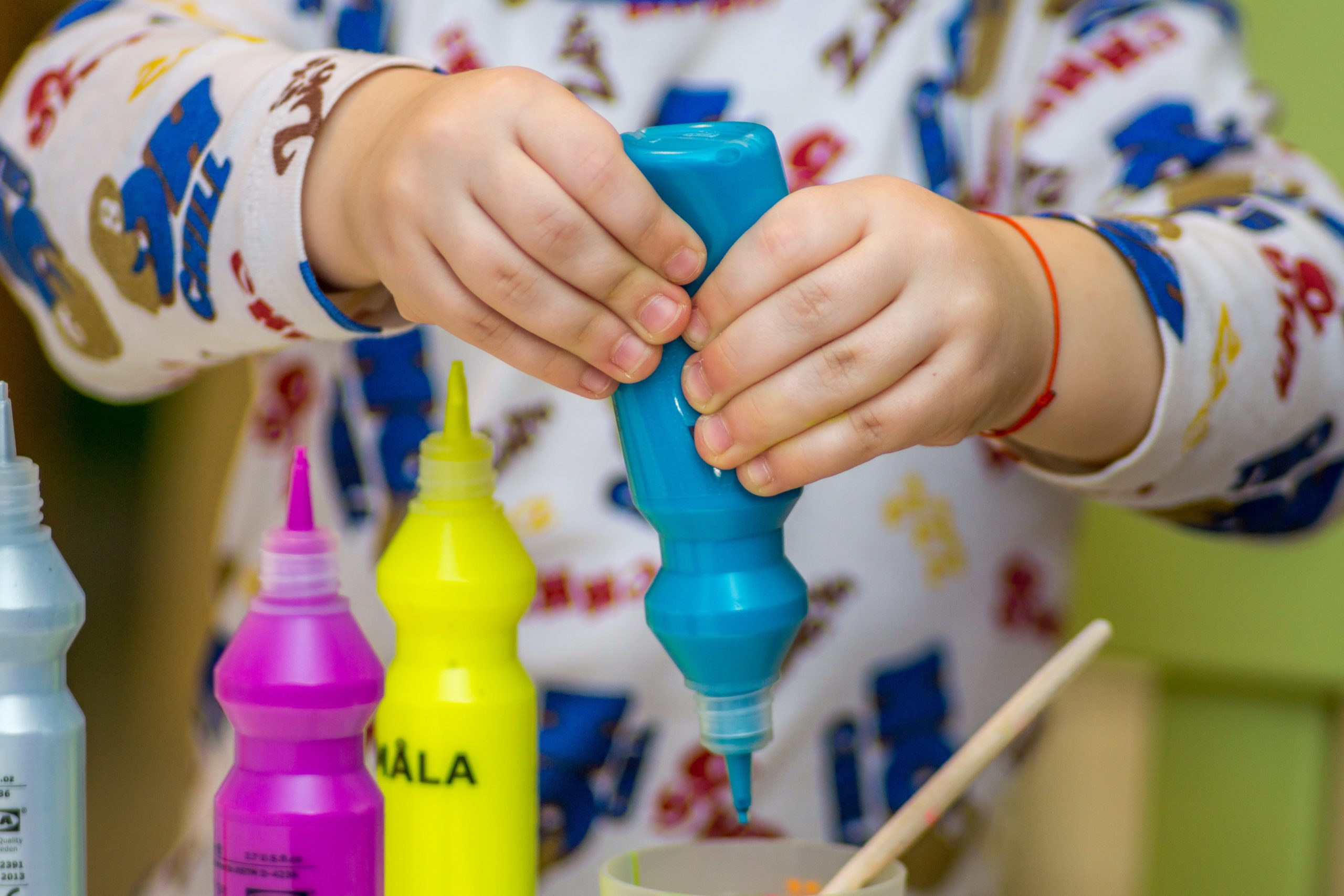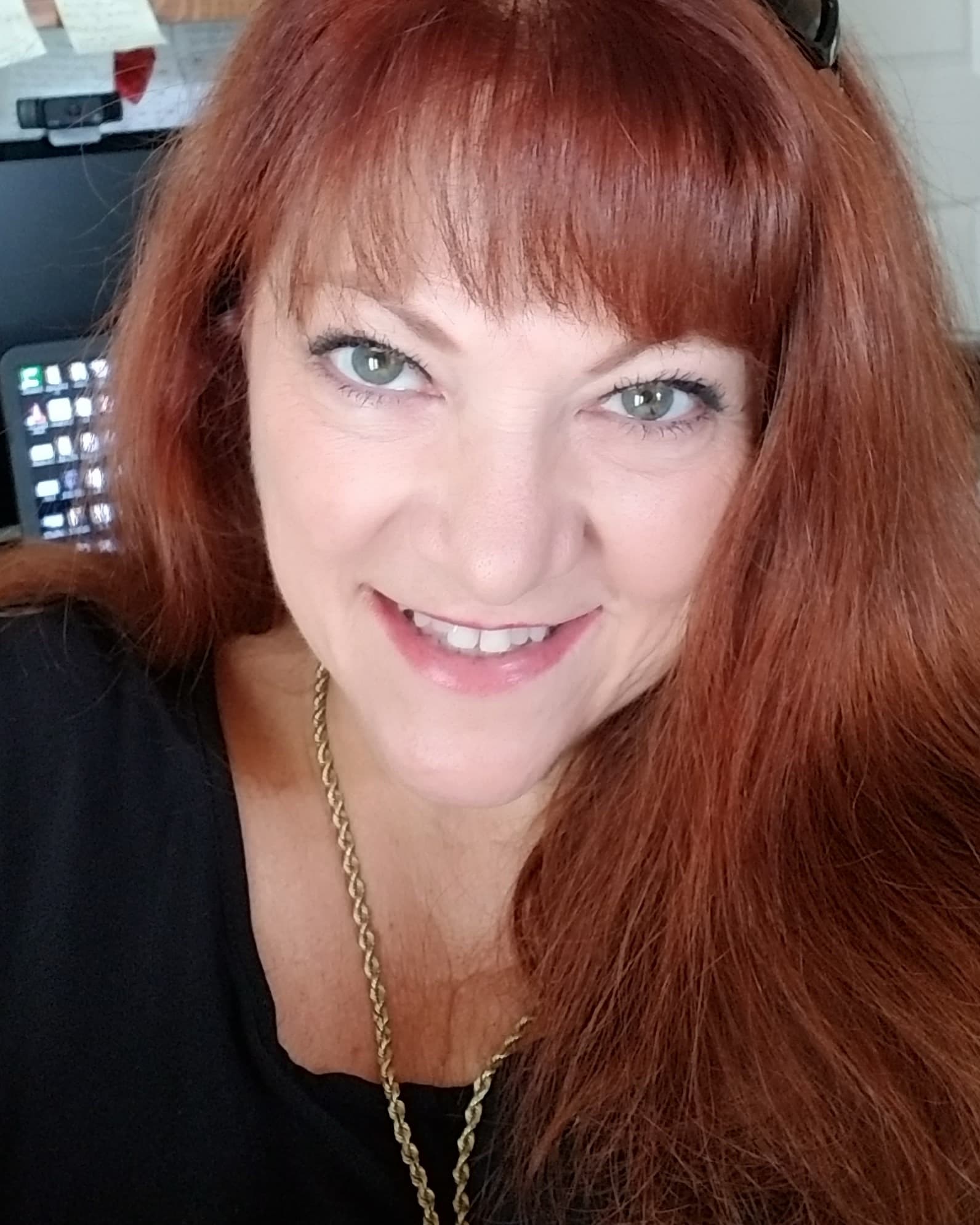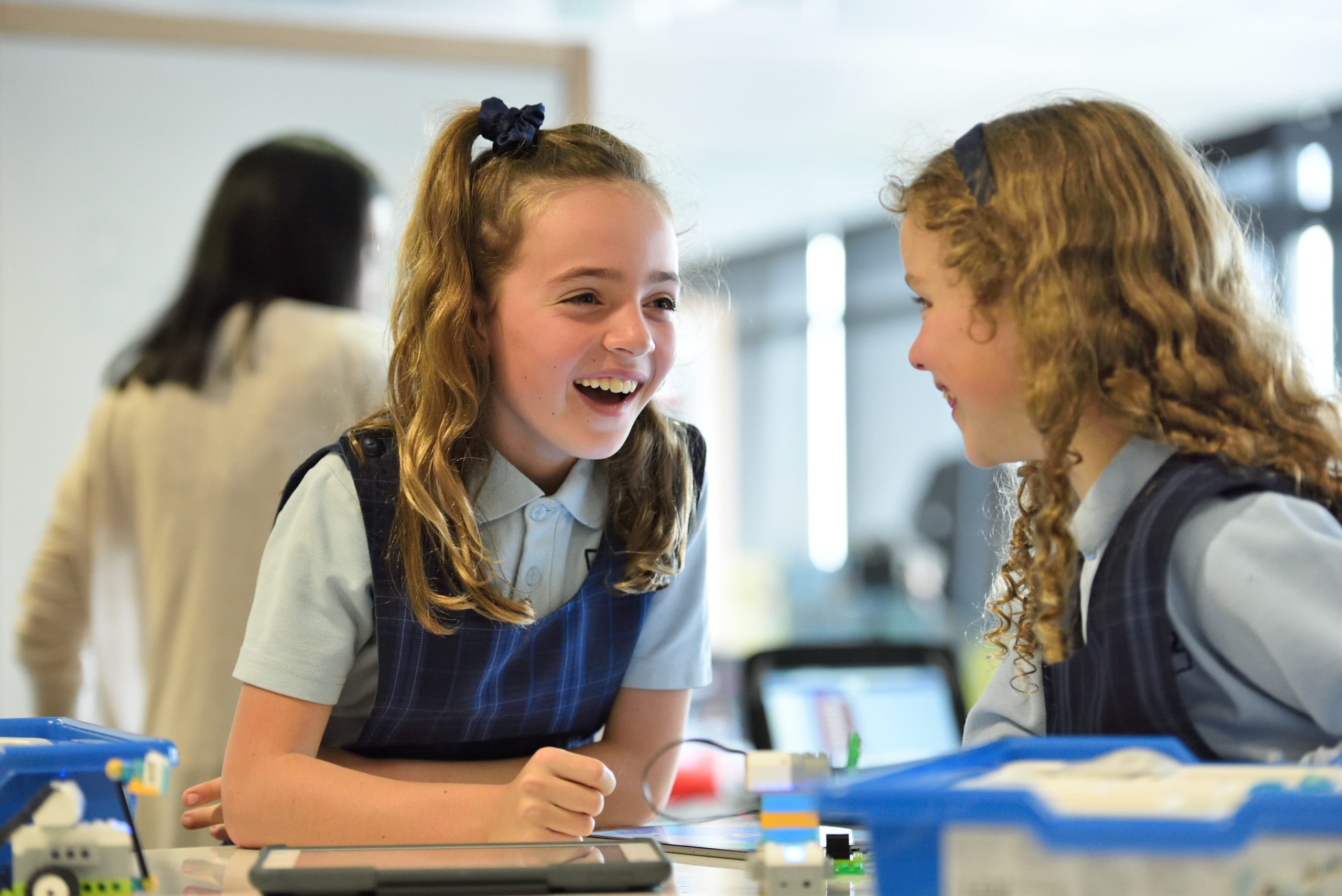
If you’re like me, you want your students to be active learners, who understand how to build, create, and design!
With a makerspace, we can move beyond merely consuming with technology to using it for creation! This course will help you understand how to personalize curriculum by turning knowledge into active learning.
Core concepts covered will include:
- What are makerspaces
- Benefits of makerspaces
- How to explain makerspaces to parents
- Maker mindsets
- Constructivist and constructionist mindsets in action
- Creativity and innovation in the classroom
- Maker materials
- Tools involved in making
- How to get started
- Practical examples
You will come out of the course with a concrete understanding of both the “why and how” of makerspaces and the connection toward supporting the core curriculum. You will also have a template with ready made plans to set up your own space and start making
Course Stats
- 12 hours to complete
- Certificate of Completion
You might be wondering, what exactly is a makerspace?
“A makerspace is a place where students can gather to create, invent, tinker, explore and discover using a variety of tools and materials.” ~ Diana Rendian
“To define a school makerspace by its purpose and simplest of terms, it is a place where young people have an opportunity to explore their own interests; learn to use tools and materials, both physical and virtual; and develop creative projects” ~ Laura Flemming
During this course, we’ll be collaboratively creating a definition of makerspaces that is just right for you in your setting. Definitions that range from what you do everyday in your classroom to special spaces or centers in the school where learners build and make.

Makerspaces are a beneficial platform for students’ learning because through makerspaces, students learn through exploration and by DOING. Makerspaces give students an opportunity to step away from direct instruction and provides them with a means to be pilots of their own learning. Makerspaces are also a great way to integrate various content areas into one hands-on project.
Making is beneficial for everyone — teachers, administrators, students — we all need opportunities to tinker, create, and make . I hope you’ll join me in this important learning.
Here’s what you’ll learn in this course:

Welcome to Makerspaces 101
Meet your instructor & learn what to expect in this course.

Makerspaces: Laying the Groundwork
In this unit, we build a collaborative understanding of what we mean by the term “makerspace”. We also look at the benefits of making and discuss how to get parents on board.

Makerspaces: Developing a Maker Mindset
In this module, you’ll learn the educational theory behind making and then see how that relates to design thinking.

Makerspaces: Getting Started
This section looks at how to get started with making and setting up your space to make. We look at what materials you will need and see lots of examples of projects and spaces.

Makerspace Wrap Up
Throughout the course educators and media specialist from across the United States give tips and tricks of what has worked for them. This section enables you to use a template to develop your makerspace implementation plan.
Makerspaces 101 benefits everyone.
Help prepare your students for the world that awaits them by enabling them as designers and makers.
Get instant access for just $29.
What they’re saying
The eCourse on Makerspace is an excellent course to take in order to help guide educators in the creation of a makerspace.
The eCourse on Makerspace is an excellent course to take in order to help guide educators in the creation of a makerspace.
This was a really great course. It led me in the direction to accomplish something I had already been thinking about doing, but had no idea where to start.
About The Instructor

Sheryl Nussbaum-Beach
Course Instructor, Powerful Learning Practice co-founder & CEO
Sheryl is the co-founder and Chief Executive Officer of Powerful Learning Practice. She works with schools and districts from around the world helping them to infuse technology into their curriculums and by leading other digital conversion efforts. Sheryl also consults with governments, educational organizations and non-profits in development of their various professional learning initiatives. Sheryl is a sought-after presenter at national and international events, speaking on topics related to digital and online learning, teacher and educational leadership, online community building, and other educational issues impacting children of poverty. Sheryl served on the International Society for Technology in Education (ISTE) Board of Directors for six years. She co-authored The Connected Educator: Learning and Leading in a Digital Age with Lani Ritter Hall. Sheryl has four children and four grandsons, Luke, Logan, Levi and Tanner and a trio of dachshunds. You can find out more on her blog, on Twitter @snbeach and on Instagram.
Frequently Asked Questions
How is the material presented?
Is this a “live” course? Can I take it whenever I like?
When will I have access to the course content?
How do you handle payments?
Can I register multiple people in this course like a school or district?
Money Back Guarantee


